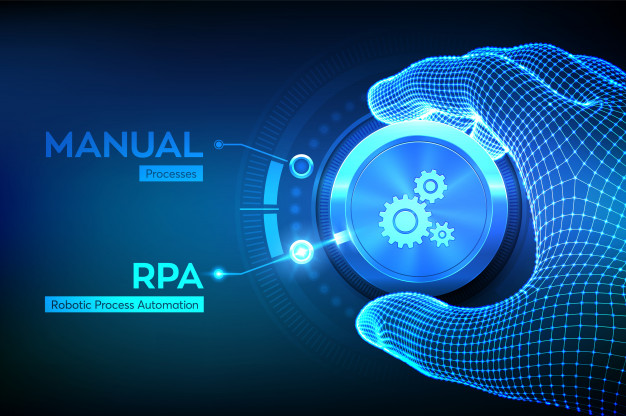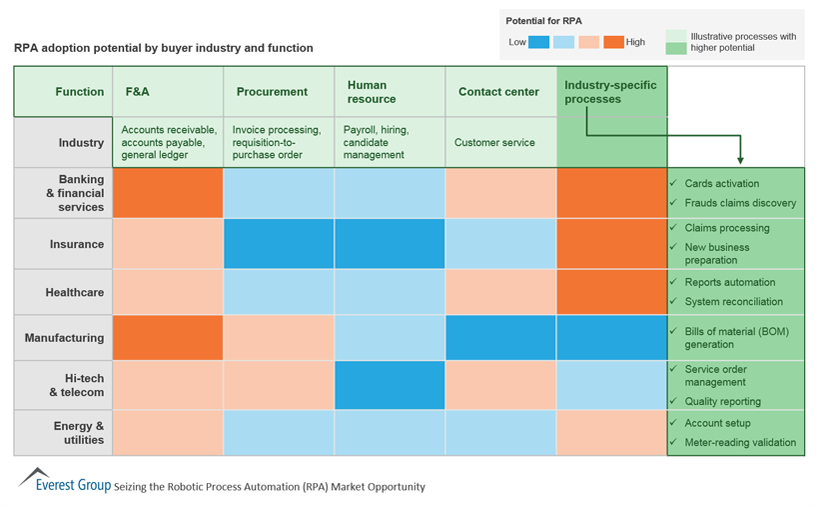- July 20, 2020
- Posted by: Tech
- Category: Uncategorized

In contrast to other, traditional IT solutions, RPA allows organizations to automate at a fraction of the cost and time previously encountered. RPA is also non-intrusive in nature and leverages the existing infrastructure without causing disruption to underlying systems, which would be difficult and costly to replace. With RPA, cost efficiency and compliance are no longer an operating cost but a byproduct of the automation.
How does Robotic Process Automation work?
RPA robots are capable of mimicking many–if not all–human user actions. They log into applications, move files and folders, copy and paste data, fill in forms, extract structured and semi-structured data from documents, scrape browsers, and more.
WHAT PROCESSES ARE RELEVANT TO RPA?
Essentially, any high-volume, business-rules-driven, repeatable process qualifies for automation.
Implement fast, achieve ROI fast
An HR service provider from Europe was processing 2,500 sick leave certificates per month with an average handling time of four minutes per item. Within three weeks they implemented an RPA solution and achieved 90% process automation. The RPA robot extracts data from a transaction in SAP, inserts the information into the customer’s systems, and prints it. The HR service provider achieved a return-on-investment within six months, with error rates reduced to 0%, manual effort reduced to 5%, and processing time reduced by 80%.
Reduce effort in the back office
A global retailer was using its store closing reports to validate closing information for each of its registers across hundreds of stores. The store’s employees used a manual and sluggish process to pull up these reports. By automating the process the store freed up its employees to now focus on more customer-centric activities. The RPA robots now move the closing reports to one server, then read and consolidate the needed information for the store’s closing reports.
Improve customer service in the front office
A trade credit insurance company with over 50,000 clients worldwide automated the credit limit request underwriting process. Underwriters were previously gathering information manually, from internal (Risk & Policy) to external (Customer Site, Google News) sources. With RPA, they saved 2,440 hours of human work a month. Employees now use that time to work directly with customers.
What processes are relevant to RPA?


